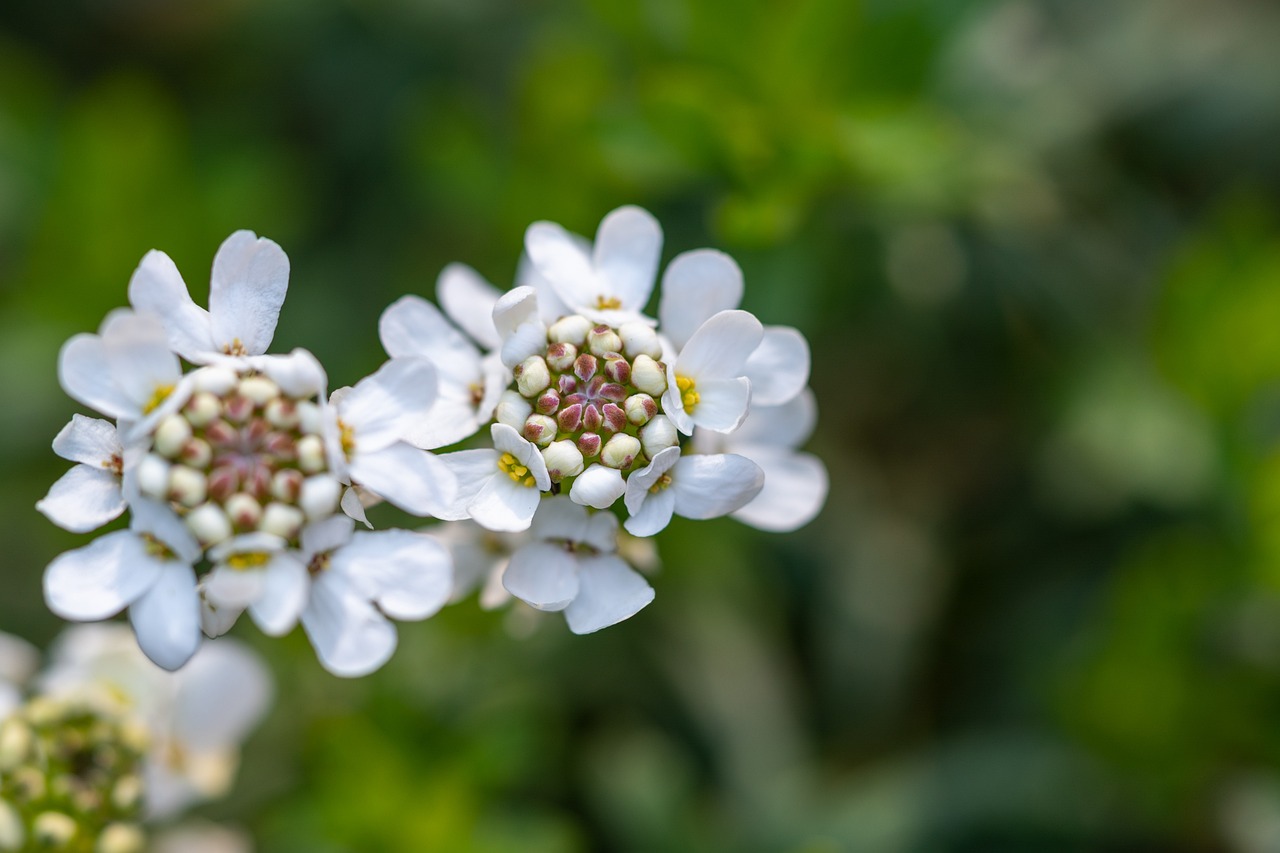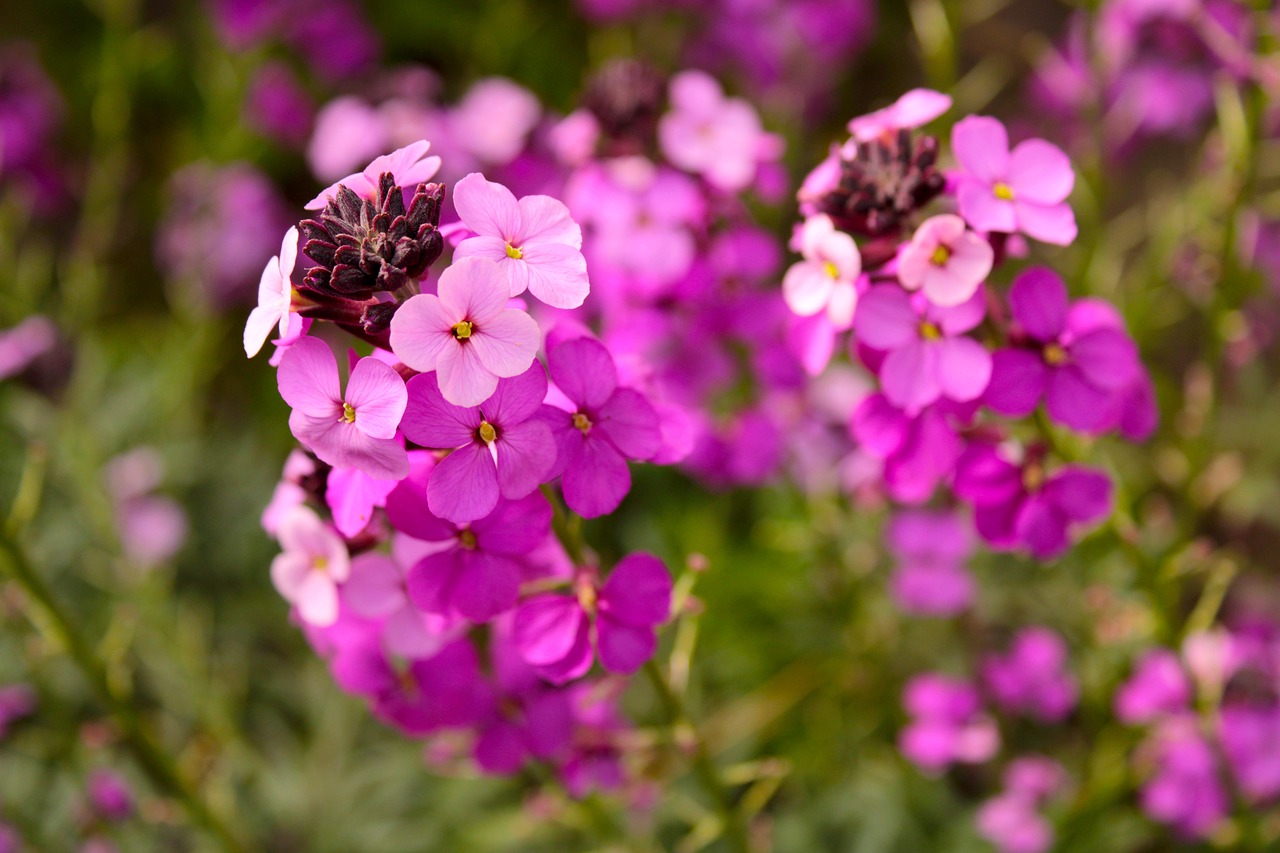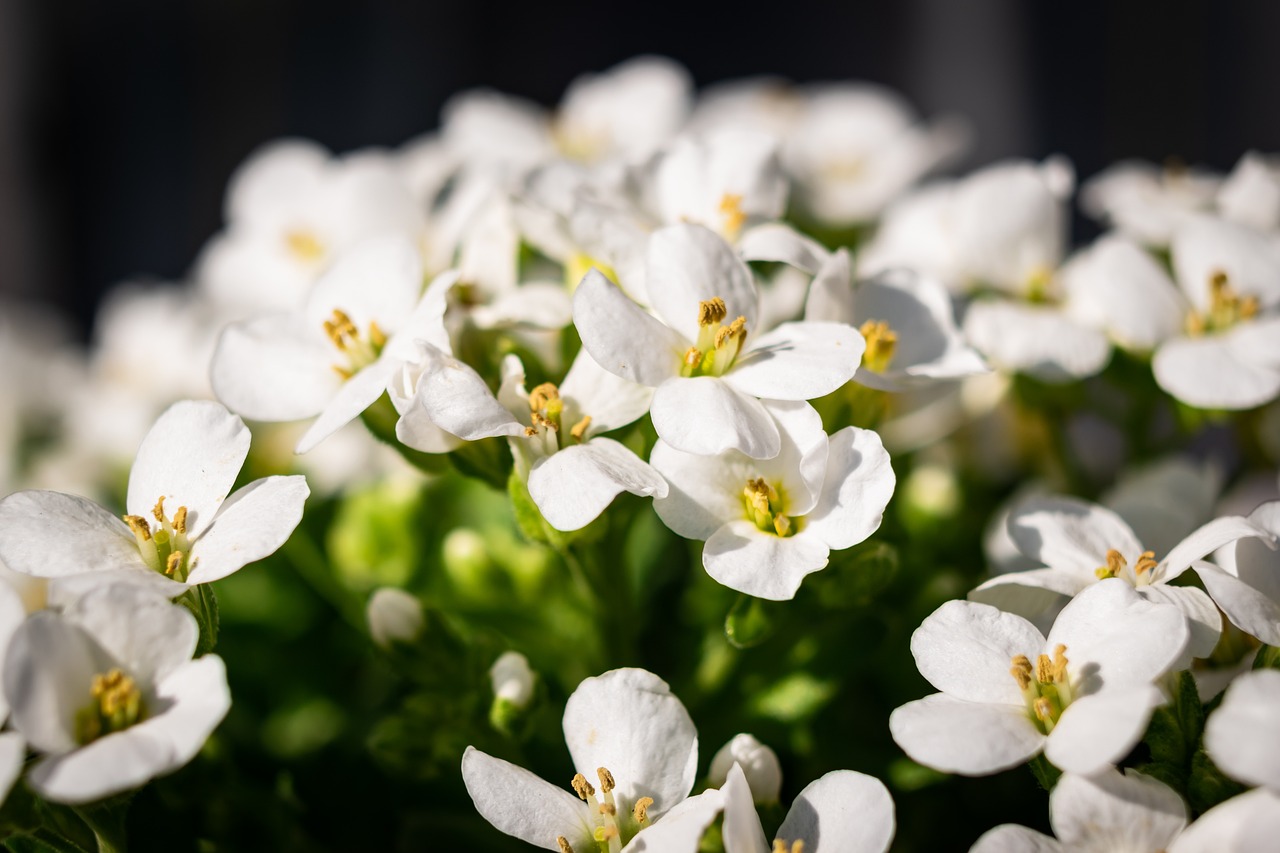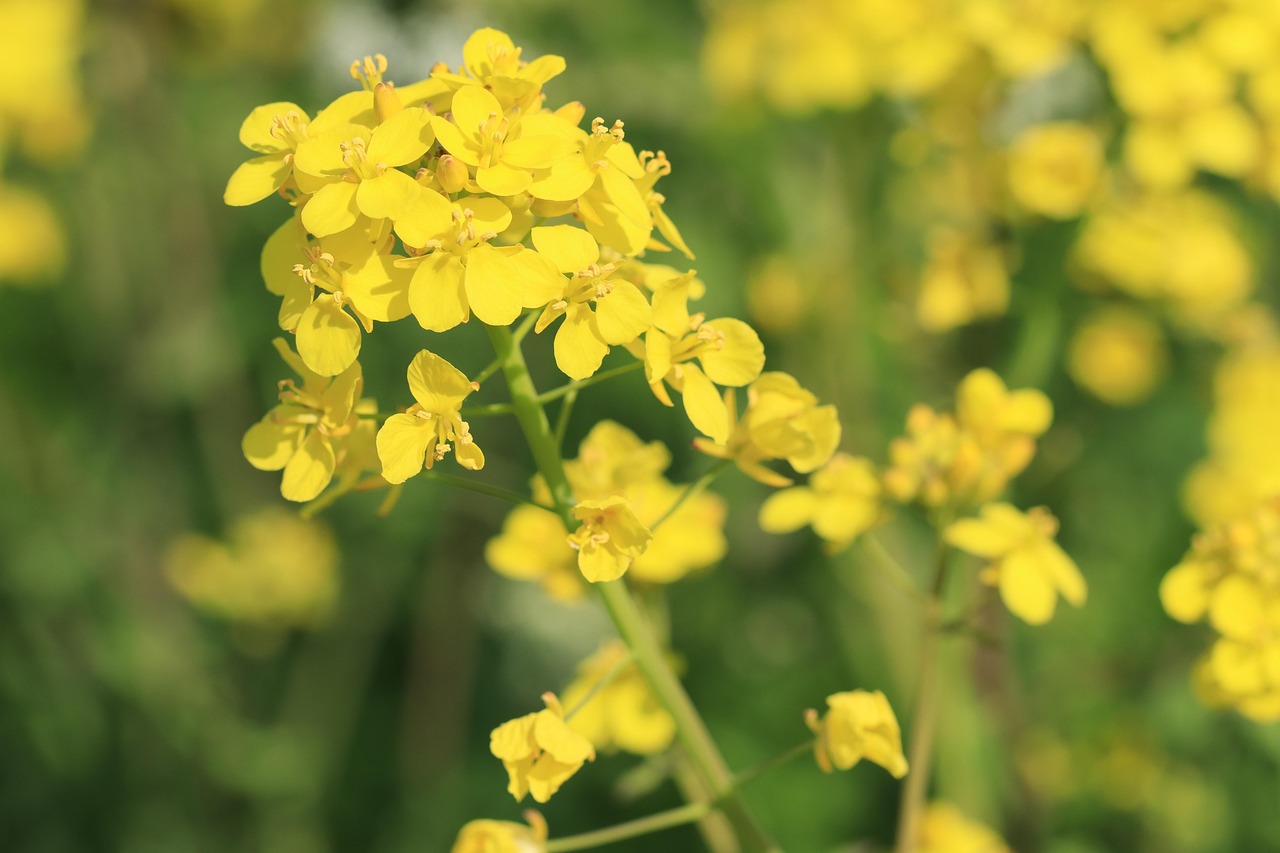Aubrieta | A Purple Carpet Adorning Stone Walls in Spring
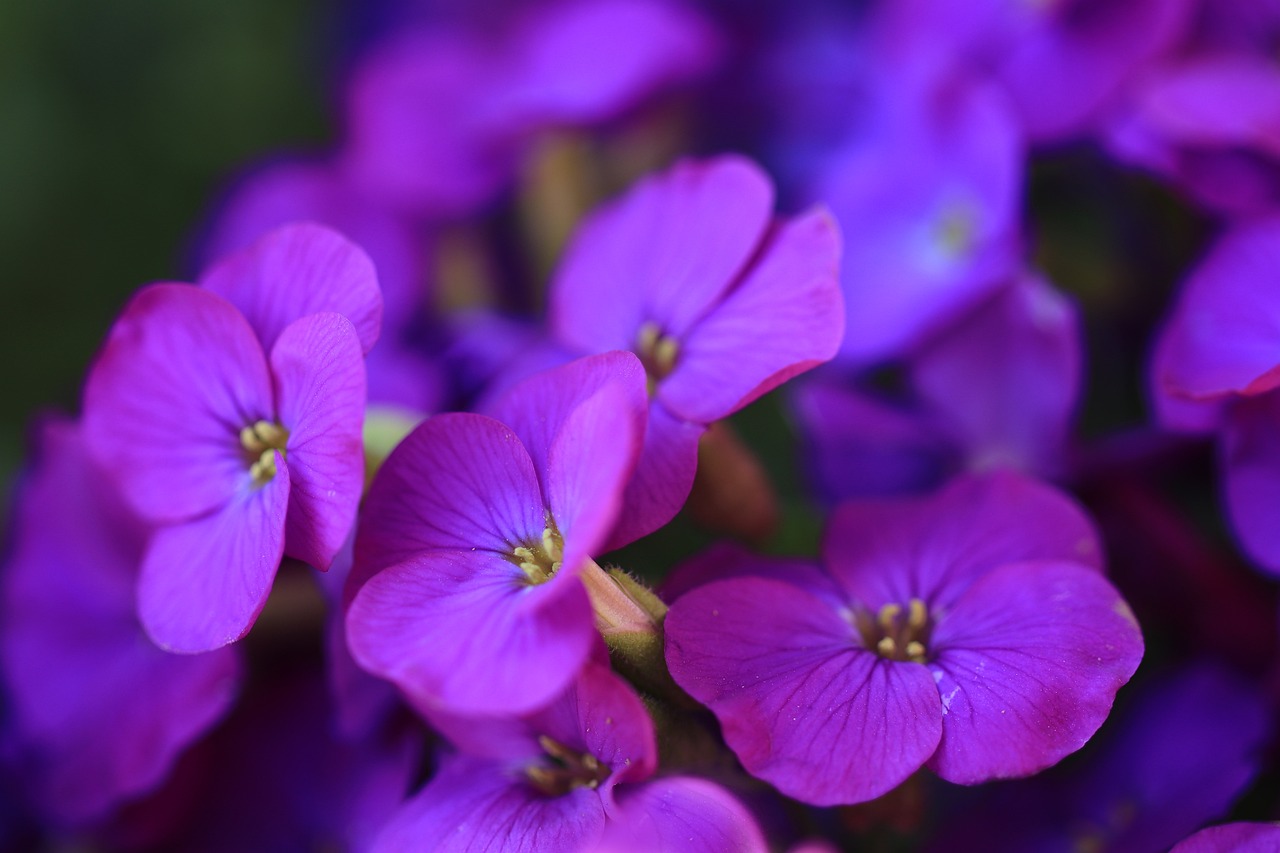
Aubrieta is a charming flower that heralds the arrival of spring, loved by many gardeners. When planted along rock walls or garden edges, it spreads beautifully like a floral carpet.
In this article, I will provide detailed information on Aubrieta, from its basic profile and cultural background to tips on how to grow it successfully.
Basic Information
- Scientific name: Aubrieta deltoidea
- Family: Brassicaceae
- Origin: Southern Europe, Western Asia
- Appearance: Aubrieta is a perennial plant that spreads like a mat, producing clusters of small flowers. The blossoms come in purple, blue, pink, or white, while its gray-green leaves form a dense, carpet-like cover. It grows to about 10–20 cm in height, making it perfect for garden borders and rock gardens.
- Blooming season: From March to May, Aubrieta reaches its peak, brightening gardens with vivid colors.
Cultural Significance Around the World

Aubrieta is especially popular in Southern Europe, widely cultivated in rock gardens and on stone walls.
In countries such as the United Kingdom and France, Aubrieta has become an essential part of the spring landscape. It is cherished for edging gardens and decorating walls, creating picturesque scenery in front yards.
Due to its natural beauty and resilience, Aubrieta is highly valued as an ornamental plant. In British garden culture, it plays a vital role as one of the earliest sources of color in spring.
Many gardeners enjoy the sight of Aubrieta taking root and blooming in the gaps of walls and rocks.
Historical Background
The name “Aubrieta” was given in honor of the French painter Claude Aubriet, renowned for his botanical illustrations.
During the 18th century, botanists introduced this perennial widely, and Aubrieta became established as garden culture flourished.
At the time when rock gardens began gaining popularity in Europe, Aubrieta was cultivated as an essential plant to enhance their landscapes.
In Victorian England, planting Aubrieta along stone walls and garden walls became especially fashionable, a tradition that continues in European gardens today.
Gardening Advice

Aubrieta thrives in sunny locations and tolerates relatively dry conditions. It is best suited for rock gardens, walls, and other well-ventilated areas.
Since it prefers well-drained soil, mixing gravel or sand into the soil is effective. Water thoroughly after planting, but thereafter manage it on the dry side. Excess moisture can cause root rot, so caution is required.
After blooming, light pruning encourages healthy growth for the following season. It is relatively cold-hardy and can survive winter, though in very cold regions, some protection is advisable.
During the growing season, a diluted liquid fertilizer once a month is sufficient. Over-fertilization may cause excessive foliage growth, so moderation is key.
Conclusion
Aubrieta is a hardy perennial that beautifully colors spring gardens and is easy to grow, even for beginners. It is ideal for decorating rock gardens and stone walls, and with just a little care, it can be enjoyed for many years.
I encourage you to bring Aubrieta into your garden and delight in the vibrant spring scenery it creates.

